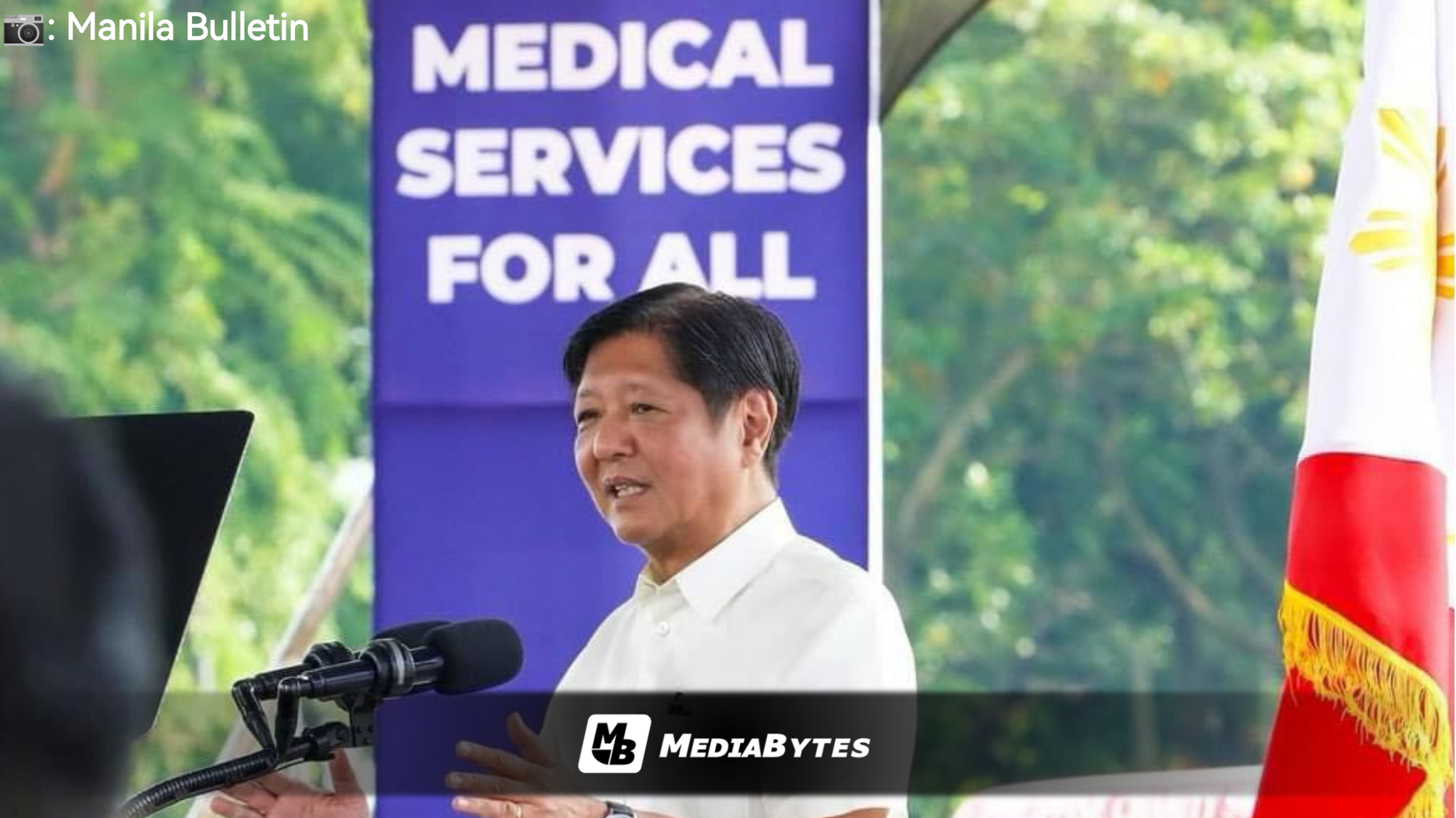
Three years into President Ferdinand Marcos Jr.’s administration, the Philippine healthcare system is navigating the complex task of recovery and reform in the wake of the COVID-19 pandemic. With Universal Health Care (UHC) implementation, continued pandemic response, and improved health infrastructure as major goals, the government has made gains—but key challenges in access, equity, and workforce support remain.
🩺 UNIVERSAL HEALTH CARE: SLOW BUT ONGOING ROLLOUT
- The Universal Health Care (UHC) Law, passed in 2019, remains a cornerstone of health policy under Marcos Jr.
- The Department of Health (DOH) reports that over 95% of Filipinos are now registered with PhilHealth, though gaps in service access persist.
- Integration of local health systems is underway but hampered by budget limitations and coordination issues with LGUs.
🧪 POST-PANDEMIC PUBLIC HEALTH RESPONSE
- The administration focused on vaccination drives, surveillance systems, and health emergency preparedness, especially in 2022–2023.
- COVID-19 cases significantly declined by 2024, prompting a shift toward strengthening primary care and disease prevention programs.
- The Center for Disease Prevention and Control (CDC-Philippines) and Virology Institute of the Philippines were institutionalized to improve national response capabilities.
🏥 HEALTH INFRASTRUCTURE AND ACCESS
- President Marcos Jr. highlighted the construction and upgrading of over 100 health facilities, including barangay health stations, hospitals, and specialty centers.
- The “Build Better More” agenda included healthcare among infrastructure priorities, though rural and geographically isolated areas still face access gaps.
- Telemedicine was promoted, particularly in far-flung areas, though digital divide issues limit reach.
👩⚕️ HEALTHCARE WORKFORCE AND WELFARE
- Healthcare workers remain at the frontlines, yet face burnout, undercompensation, and delayed benefits—especially in the public sector.
- The government released special risk allowances (SRAs) and incentives to address protest actions, though implementation was uneven.
- Long-standing calls for better staffing ratios and localized recruitment were acknowledged but not yet fully resolved.
💊 PRIMARY CARE AND MEDICINES
- Marcos Jr.’s administration expanded Botika ng Bayan outlets and increased funding for essential medicines and diagnostics in government health centers.
- However, out-of-pocket health expenses remain high for many Filipinos, especially for non-communicable disease management.
🧠 MENTAL HEALTH AND EMERGING ISSUES
- Mental health gained more attention, with increased funding for community-based programs and expanded access to helplines and psychological services.
- Initiatives targeting nutrition, reproductive health, and adolescent health were also launched, though some sectors criticized slow rollouts and lack of comprehensive sex education.
The Marcos Jr. administration has taken steps to strengthen Philippine healthcare through infrastructure investment, UHC expansion, and post-pandemic systems building. However, issues of health worker welfare, rural access, and equity in care delivery remain. As the country moves forward, the focus must shift toward a more inclusive, responsive, and resilient health system for every Filipino.



